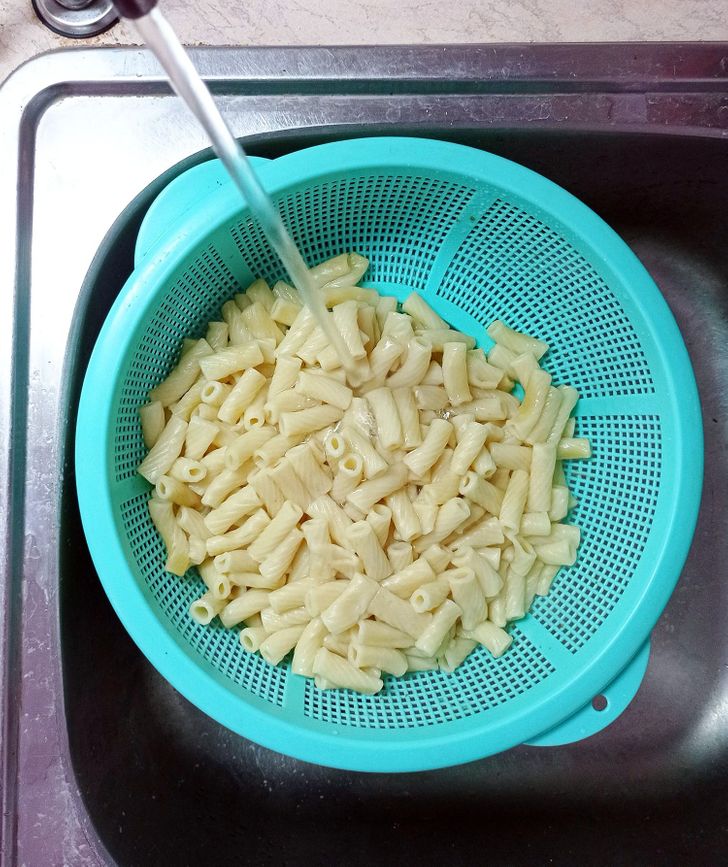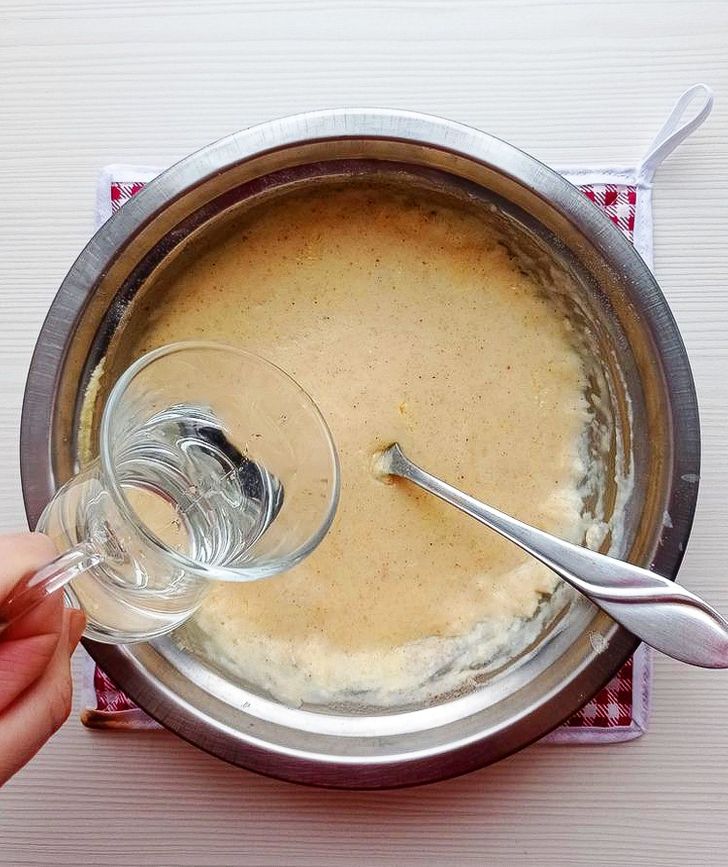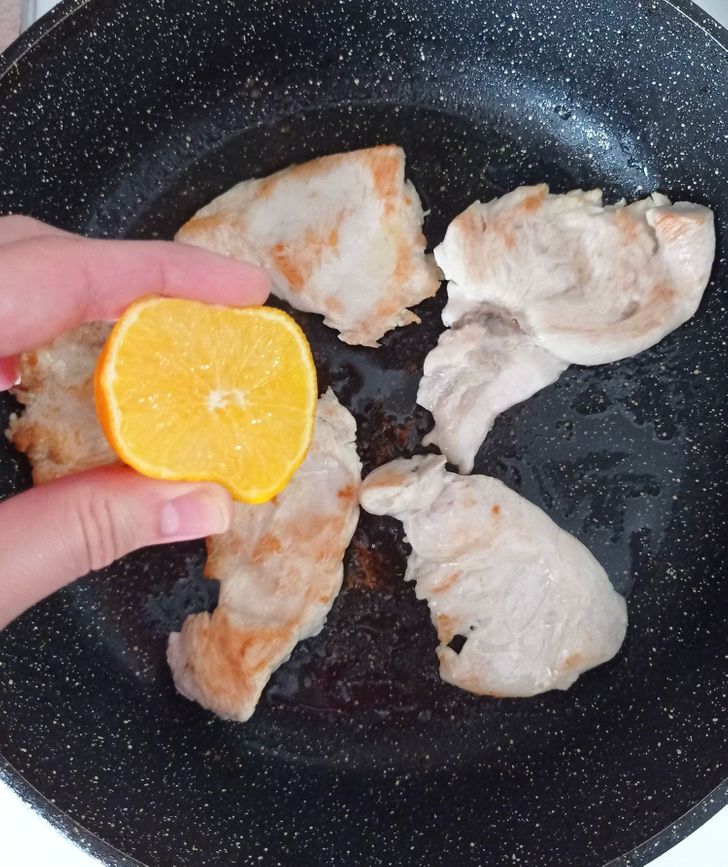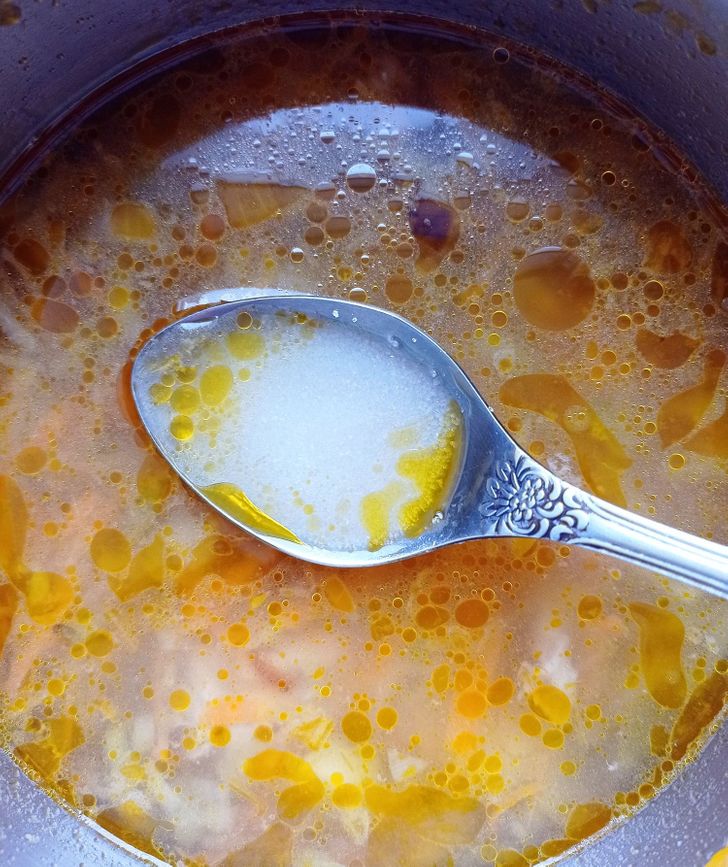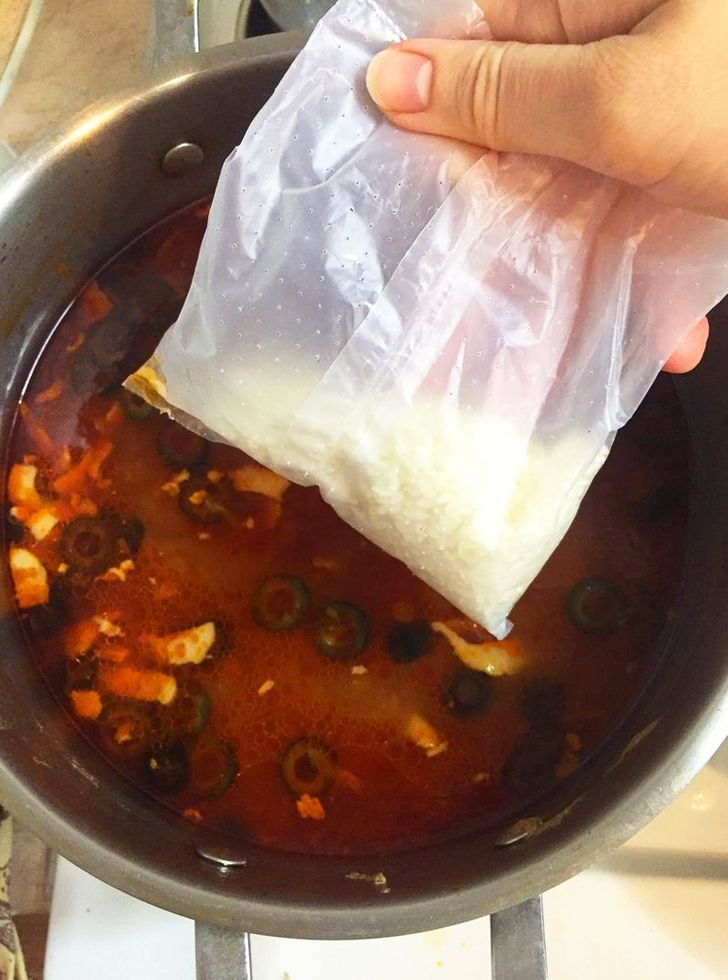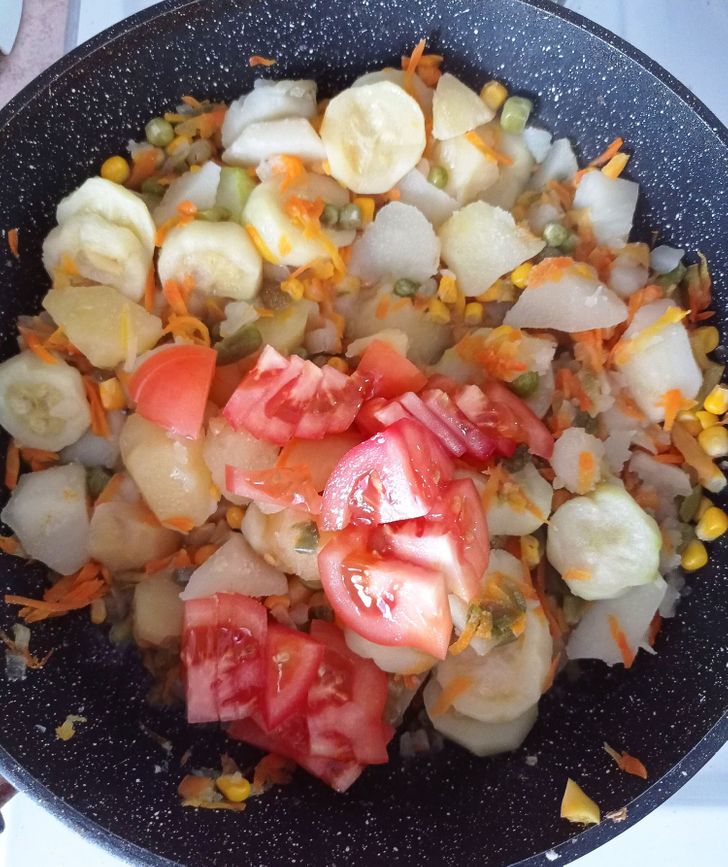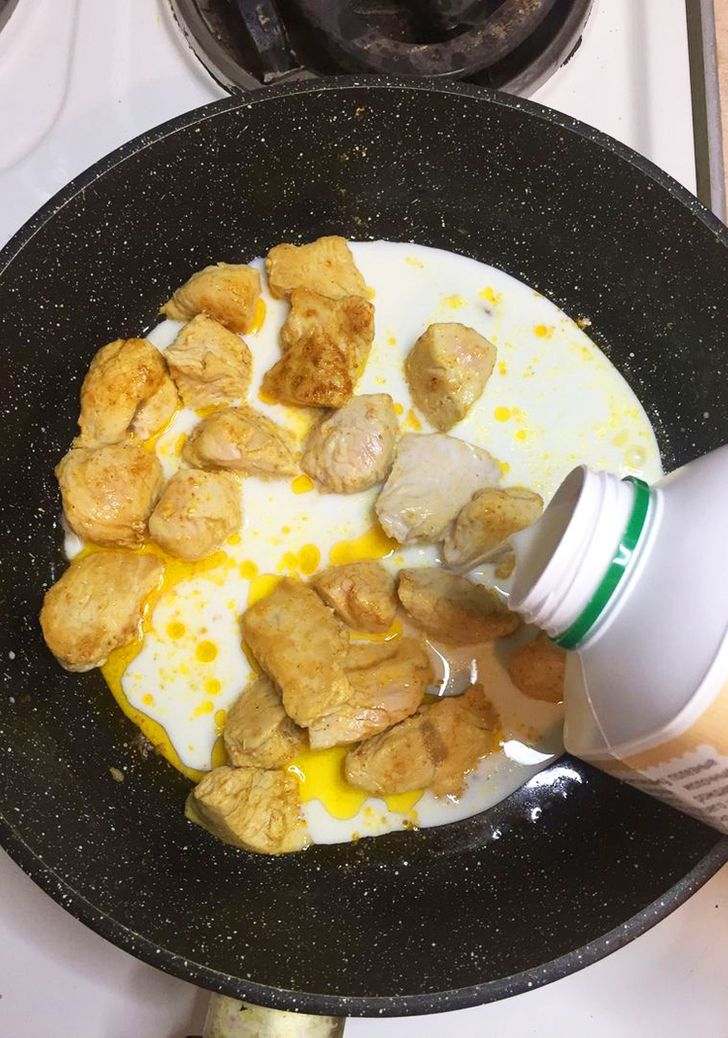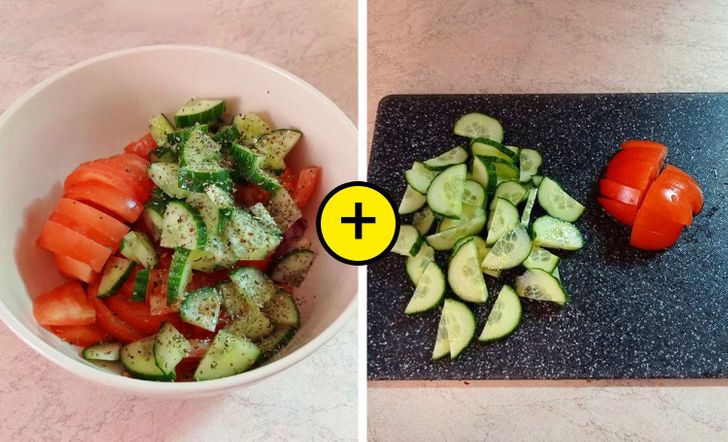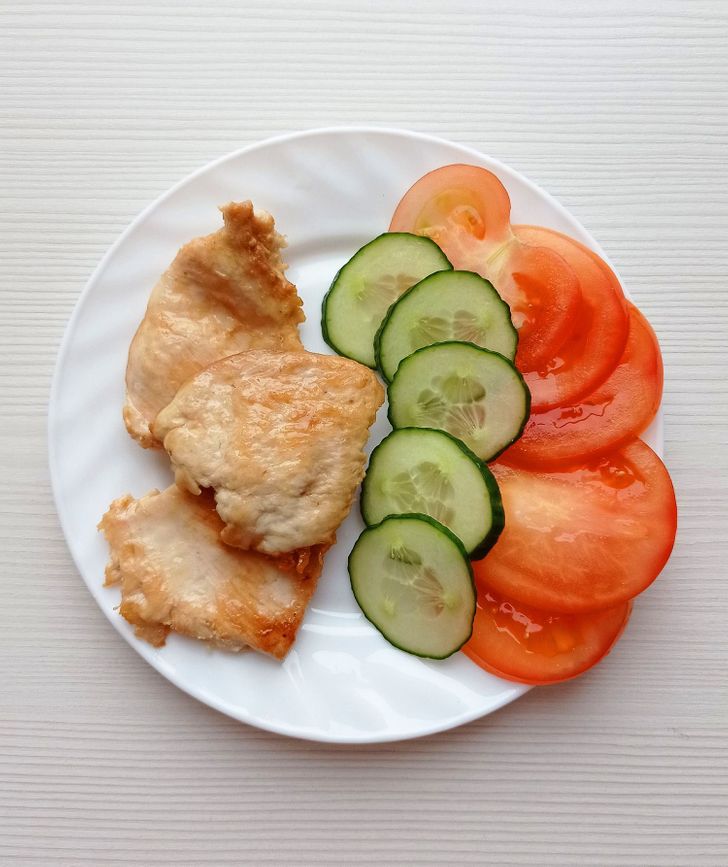What to Do If You Put Too Much Salt in Your Dish
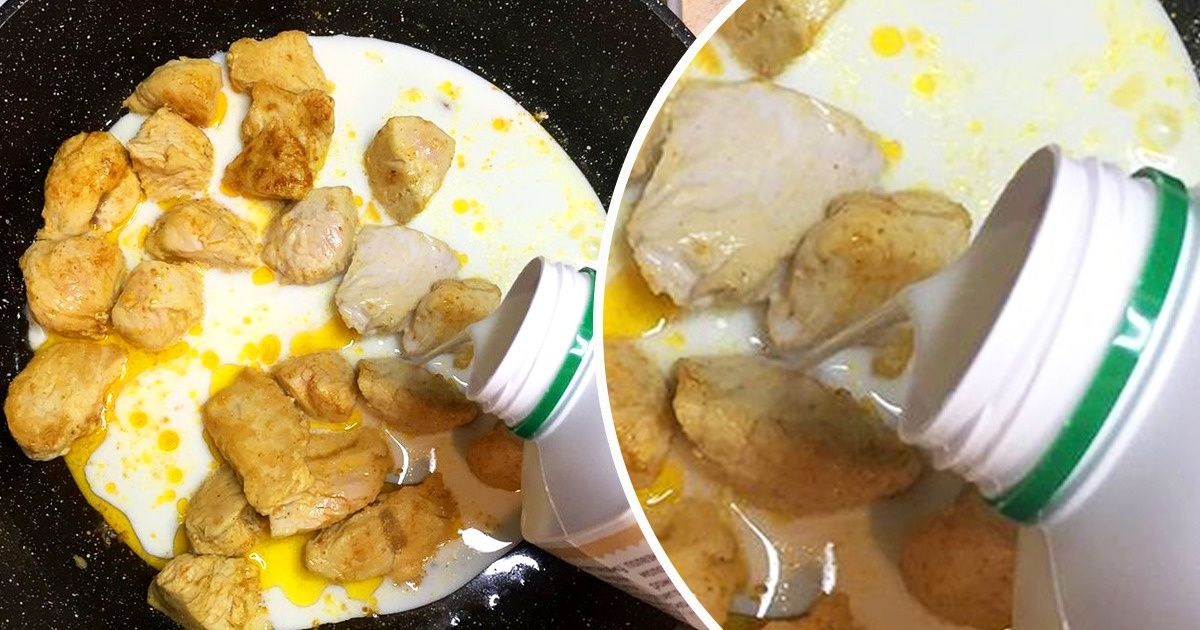
Those who have cooked before know that salt can enhance the taste of a dish, but too much of it can really ruin things. However, experienced chefs know how to save an oversalted dish without compromising on taste.
5-Minute Crafts would like to tell you what to do if you put too much salt in your dish.
1. Rinse your food with water.
You can remove excess salt from boiled cereal, pasta, and vegetables with the help of running water. Rinse your food and continue your cooking. If you bought a pre-prepared dish that’s too salty, you can soak it for a while.
2. Add some water to your dish.
If you put too much salt in your sauce or gravy, add 3 tbsp to 4 tbsp of water and bring the sauce to a boil. Taste it. If it’s still salty, repeat the process 1 to 2 times. If the sauce becomes too thin because of the added water, you can add more of the main ingredients to maintain consistency.
Important: It’s not recommended to use this method for oversalted soup. Excess water will make the taste of the broth less intense.
3. Add lemon juice.
Lemon can make the taste of meat or fish less salty. Add a couple of teaspoons of lemon juice to the dish and stir it. Be careful not to make the taste too sour — simply add some juice and assess your progress gradually. You can also dilute the lemon juice with water if desired.
Option: Instead of lemon juice, you can use citric acid dissolved in water, vinegar, or not-so-spicy mustard.
4. Use sugar.
Sugar can reduce the taste of saltiness. You can add some sweetness to your cooked dish or use refined sugar as an absorbent. To do this, put 1 to 2 sugar cubes in a tablespoon and dip it lightly into the broth. Wait for the sugar to dissolve completely, then remove the spoon with the sugar syrup. Repeat the procedure until you’ve achieved the desired result.
Life hack: The crust of black bread can be used instead of sugar. It removes excess salt too.
5. Use rice, buckwheat, or potatoes.
Some foods have excellent absorption properties, so they can easily solve the problem of excess salt. To make soup less salty, add rice, buckwheat, or potatoes to it. Put the cereal or the potato in a piece of cheesecloth or a cloth bag and dip into the soup for a while. You can also use cereals in special cooking bags.
Life hack: Don’t throw away the absorbent foods you’ve used. Having absorbed the taste and aroma of the broth, it can become an excellent side dish.
6. Add vegetables or boiled cereals.
Oversalted meat or vegetables (such as stews) can be saved with tomatoes. Add chopped tomatoes to the dish and simmer it lightly. Carrots and fresh herbs can do the job too.
You can add carrots, zucchini, potato, or boiled rice to oversalted minced meat. These ingredients will make it less salty but will keep the taste.
7. Use dairy products or vegetable oil.
Sour cream, regular cream, or milk can save oversalted meat, fish, and poultry. It’s enough to sauté the main ingredient in them for a few minutes. It will remove excess salt and you’ll get tasty gravy as an added bonus.
Option: You can use coconut milk or avocado pieces instead of dairy products. They will help balance out the flavor of the dish and make it less salty.
8. Make your dish bigger.
If you added too much salt to your salad or baking dough, use more of the ingredients to make things taste less salty. Increase the portion of your salad by 2, adding more unsalted ingredients. The same approach works for dough as well.
9. Mix salted and unsalted ingredients.
To neutralize the salty taste of some dishes, you can combine them with non-salty foods. For example, oversalted meat can be combined with fresh vegetables or unsalted cereals on the side. Also, a salted dish can be supplemented with unsalted cheese or sauce.
